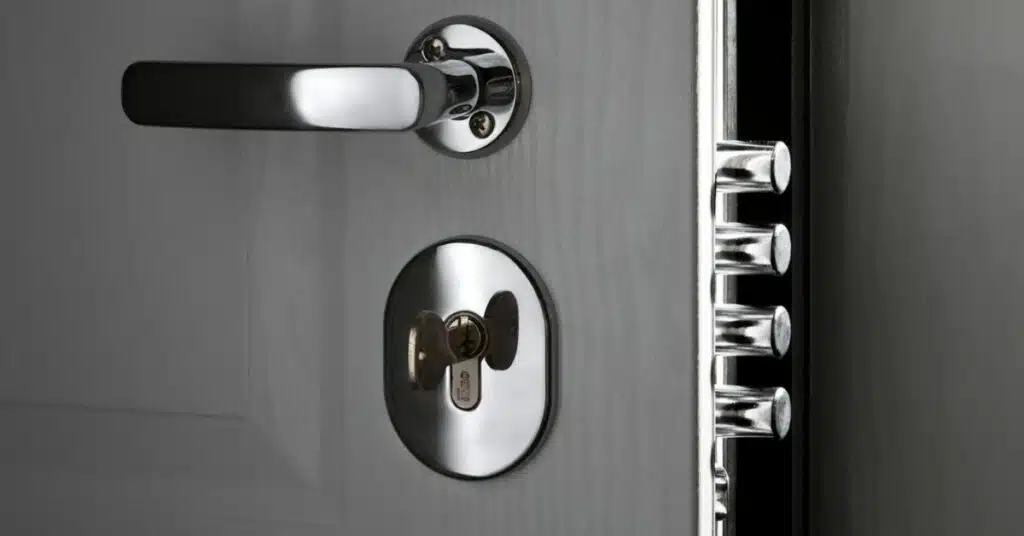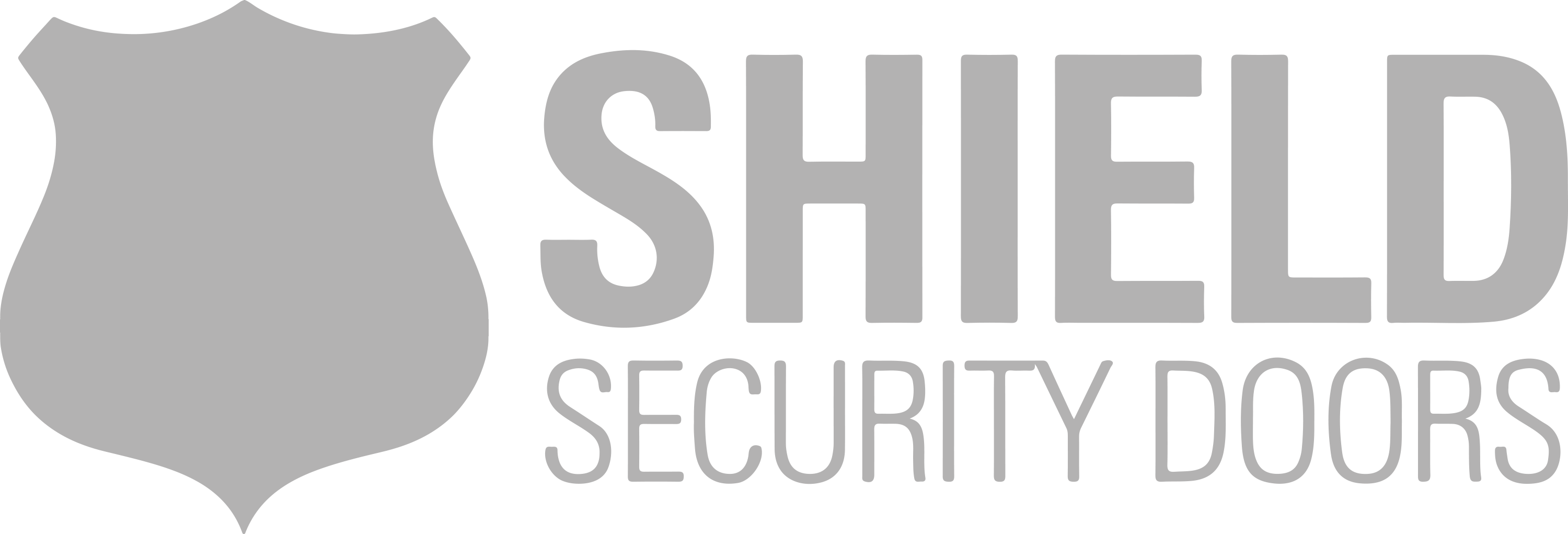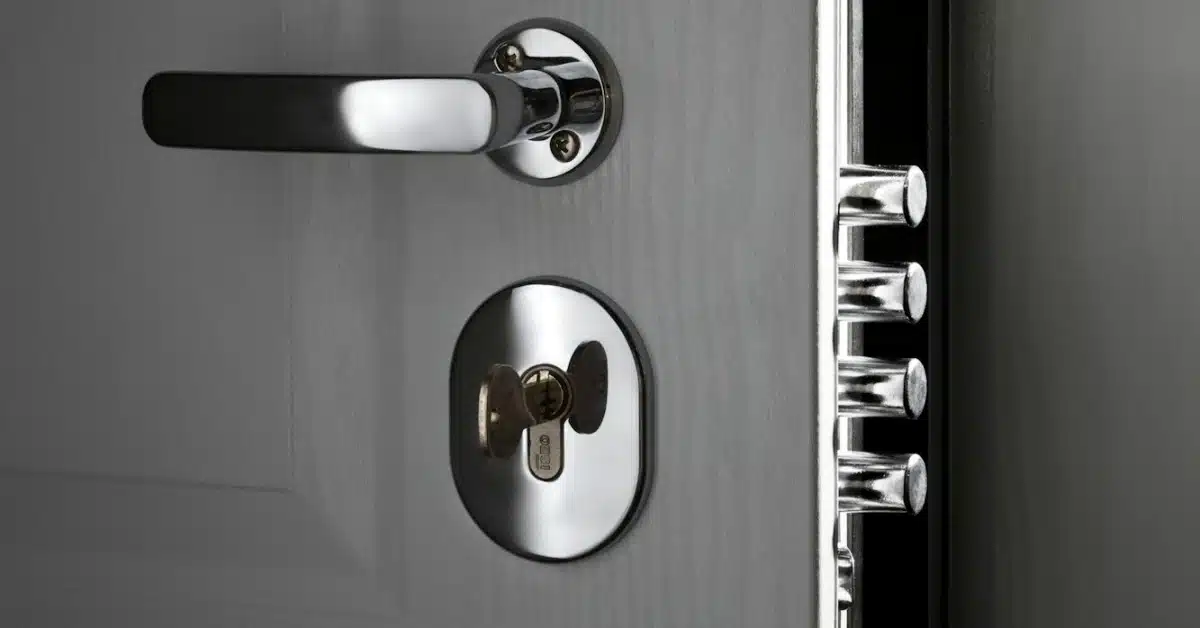In October 2022, a brazen hammer attack at the home of Nancy Pelosi nearly cost her husband’s life. While shocking, political violence is becoming more frequent. Per the U.S. Capitol Police, there were 9,625 political threats against lawmakers in 2021 – up from 8,613 in 2020.
As a result, the House Sergeant at Arms (SAA), is creating a residential security program for Members of Congress. Eligible safety equipment includes motion sensors, video recorders, cameras, and door locks. Reimbursement can range up to $10,000 per lawmaker or $4.35 million for all 435 House of Representative members.
During the January 6th riot, the concern was protecting a public space, the Capitol. Security details serving other public figures such as judges and cabinet members differ from this initiative for the private residences of lawmakers. But beyond the political sphere, how widespread are in-home threats, in general? What are the measures taken to safeguard against such calamities?

Some alarming stats involving burglaries:
- Every 15 seconds a home burglary occurs in the United States
- There are 2.5 million annual burglaries
- 50% of burglaries are home invasions
- Someone is home 28% of the time during a burglary
- Almost 1 in 5 do not lock their front doors while at home
- Over 60% of assaults happen during home invasions
- 95% of burglaries involve a forceful entry or damage to your home
- Burglaries cost property owners $3.4 billion in losses each year
In short, burglaries are frequent. While burglars prefer an empty house, if someone is home, the risk of assault is more likely than not. Homeowners typically suffer property loss and property damage from a home invasion. Worst still are the risks of physical and psychological harm sustained within your own sanctuary.
Burglars are selective, opportunistic, quick, and likely local:
- Only 1 in 8 burglaries are planned
- Most thieves admit a break-in was an impulse decision
- 5 out of 6 would-be burglars check for an alarm system
- Homes without a security system are 3 times more likely to be broken into
- 47% of people do not have a home security system
- Most burglars strike targets within a few miles of their home
- After an arrest is made, 2 out of 3 people personally know their thief
- The average burglary lasts less than 9 minutes, give or take a minute
If you think you will recover your lost property, think again – the police solve only 13% of reported burglary cases. Even if you have insurance, there may be a difference between replacement costs versus value. Further complicating matters may be coverage limits or deductibles.
How do burglars enter homes?
The front door (34%) is the entry point of choice for burglars. Surprisingly, almost 1 in 5 residents do not lock their front doors while at home. The next highest points of entry are:
- Windows (23%) and back door (22%)
- Followed by garage door (9%) and basement (9%)
What should be clear is that locking your front door is the simplest safety measure. Having multi-point locks take safety up another level.

Security systems, motion sensors, light and cameras certainly discourage negative actions. Unless constantly monitored, cameras serve as an investigative tool after an incident. They also provide some deterrence to opportunistic criminals, but a camera is not going to stop a determined intruder from getting into your home.”
There are break-ins that are intentional and determined – targeting homes that are remote or have coveted valuables. To counter these threats, consider adding a safe room.
Is panic room construction becoming mainstream?
Panic room construction is becoming an increasingly popular option – both for new homes and a retrofit for existing homes. To dispel confusion, let us delineate some commonly confused terms – safe room, panic room, vault room, storm shelter and bunker.
A safe room is a reinforced, secure room inside a home or a building. Safe rooms typically feature reinforced concrete or steel sheathing.
When built to withstand tornado level wind, they can double as a storm shelter. A panic room’s primary purpose is to repel a human attack during a home invasion. A vault room is akin to a safe, designed to secure valuables. A bunker is a reinforced underground shelter, typically contemplated for use in a war zone.
The movies 10 Cloverfield Lane and Panic Room illustrate the distinction.
The most inexpensive safe room might cost a few thousand dollars. However, price could easily top a hundred thousand depending on factors such as:
- Room size
- Whether prefabricated or custom built
- New construction or a retrofit
- Construction materials (concrete, wood, insulated concrete form, Kevlar, fiberglass)
- Excavation costs & depth
- Geographic location within the United States (regional variations in labor and material)
- Added amenities (electronics, communication, fixtures, ventilation, mechanicals)
- Door locking from the inside, outside or both
- Finish and level of “camouflage”
- The type and time of resistance provided from a sustained attack
When starting with a blank slate and ample planning time, there are more options and fewer restrictions. Otherwise, an existing closet, storage space or bedroom must be your panic room. Windows compromise security, unless bulletproof and designed to withstand forced entry.
Time is of the essence during an emergency. Therefore, quick accessibility from frequented areas in your home is paramount. A panic room that blends with the rest of your home is recommended.
Hiding access to your safe room under a rug, behind a painting or in a closet buys you time once inside the secure location.
Surveillance equipment adds expense, but also information and is an entirely different evaluation.
Safe rooms in history
The concept of safe rooms dates hundreds of years. In the 15th century in the form of priest holes; even earlier Egyptian pyramids had compartments to keep jewelry safe. Panic rooms have moved into the mainstream due to decreased cost and increased awareness of hazards – both natural and human-caused.
Who could benefit from safe rooms? Politicians, celebrities, or other public figures are more likely to be targeted by fanatics. But due to the opportunistic nature of most burglaries, safe rooms are a valuable addition to any home regardless of if the homeowner feels at risk. Businesses and homes with valuables are more likely to be targets of professional robbers. Remote locations might need to bide time should law enforcement not be nearby.
At Shield Security Doors, our solutions can stop assault rifle, blast and bomb level threats, and provide embassy-level forced entry protection. To find out more:

